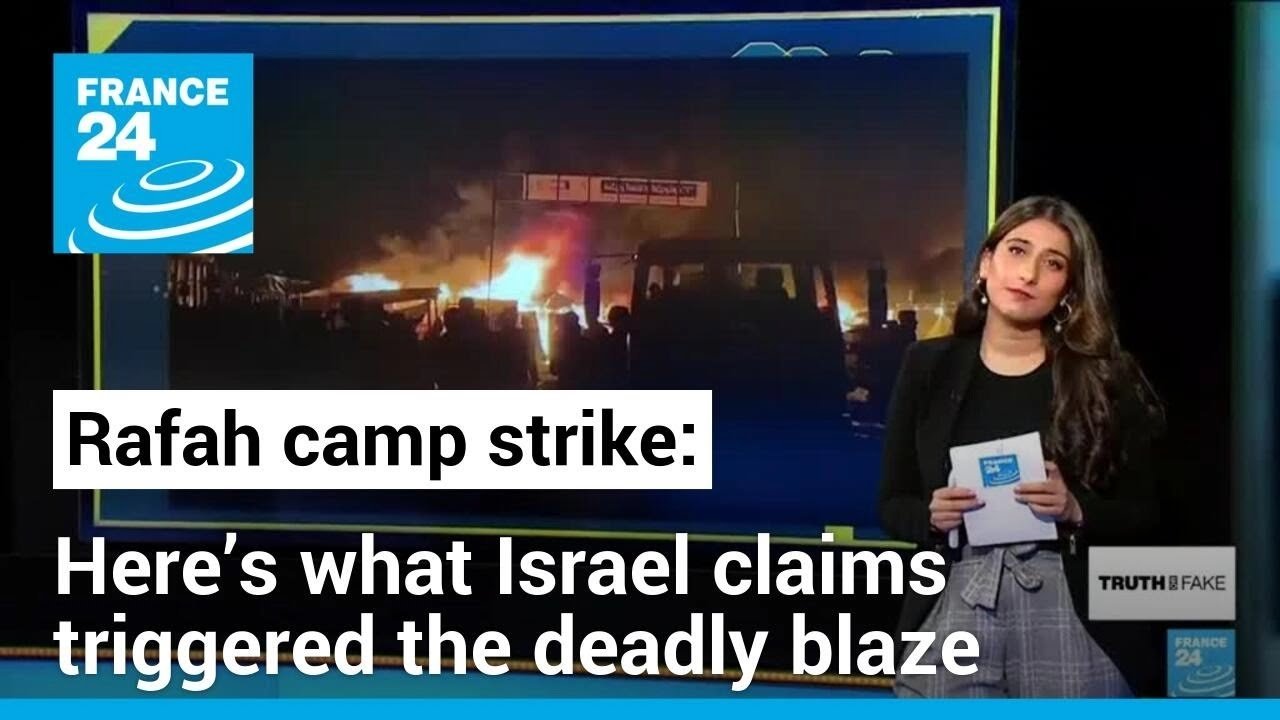In a recent update concerning the tragic incident in the Gaza Strip, where a fire following Monday’s airstrike killed 45 people at a camp for displaced individuals south of Rafah, Israel has stated that its missiles were not the cause of the blaze. Israeli Prime Minister Benjamin Netanyahu referred to the civilian deaths as a “tragic mishap,” while an army spokesman emphasized that the ammunition used in the strike, specifically 17 kilogram bombs, could not have ignited a fire of such magnitude. This assertion is under scrutiny, with experts and evidence suggesting that the type of bomb used, despite being designed to reduce civilian casualties, could still potentially start a fire if combustible materials were present.
- The airstrike and resulting fire in Rafah killed 45 people, raising international concerns.
- Israeli Prime Minister Benjamin Netanyahu described the civilian deaths as a tragic mishap, while army spokesperson claimed Israeli missiles could not have caused the fire.
- Munitions experts and video evidence suggest the bomb used could indeed start a fire under certain conditions.
- The missile debris identified in the aftermath was linked to a GBU 39, an American-manufactured bomb with a reduced blast radius intended to minimize civilian casualties.
- Experts argue that even less powerful bombs can ignite fires if there are flammable materials nearby.
- Israel investigates several theories for the fire’s origin, including the possibility of Hamas weapons causing the explosion.
- Satellite imagery and expert analysis challenge some of Israel’s claims regarding the distance between the strike site and the fire location.
- The situation remains complex, with various factors and possibilities still being examined.
France 24 is an international television network and news website owned by the French state.
Official website: https://www.france24.com/en/
Original video here.
This summary has been generated by AI.

Leave a Reply